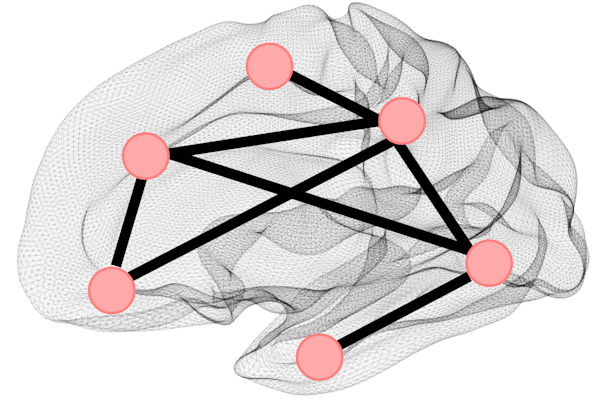Modeling personalized medicine for neurocritical illness
ShiNung Ching, collaborators seek to develop predictive model for secondary brain injuries

Precision medicine, which considers the unique characteristics of individuals to provide the most effective treatment, has been a goal of health care providers for decades. Now, it is a goal for those with critical neurological illnesses, such as stroke, traumatic brain injury and spine trauma, to track and predict secondary injury, such as seizures, and create new treatments.
ShiNung Ching, associate professor of electrical & systems engineering in the McKelvey School of Engineering at Washington University in St. Louis, along with Rejean M. Guerriero, DO, and Terrance Kummer, MD, PhD, both associate professors of neurology at the School of Medicine, plan to develop a model to detect and track critical neurological illnesses with nearly $1 million over four years from the National Institutes of Health (NIH). The grant is part of the Smart and Connected Health in the Era of Artificial Intelligence and Advanced Data Science program, a joint initiative between NIH and the National Science Foundation. Their goal is to predict active interventions and therapies that could potentially prevent these secondary injuries, which can have lifelong implications.
To do so, they will develop a method to track and predict when circuits in the brain undergo unexpected changes in individuals, both with neurocritical illnesses and without, by using data from electroencephalographic (EEG) and other non-invasive recordings of the brain. These recordings provide features of human brain activity that act as biomarkers of neurological disease and mental illness. They will analyze the data to build computational models of brain circuits and mechanisms, which can reveal altered brain function due to injury. The team will use data from adult and pediatric patients in intensive care, with the eventual goal of predicting worsening of neurological injuries.
However, they will have several obstacles to address.
“Brain electrophysiology shows significant variation across individuals, which has made tracking an individual’s neurological condition based on biomarkers pulled from large population datasets elusive to date,” Ching said. “In addition, it has proved challenging to produce a single generative model that links observed electrophysiology to changes in behavior or function. For example, certain types of neural oscillations that are associated with memory and attention may also appear in coma. This makes it difficult for us to generalize inferences across diseases and to create interventions.”
Overall, the long-term goal is to tailor personalized therapy for neurocritical care by allowing clinicians to control individual brain activity and dynamics.




